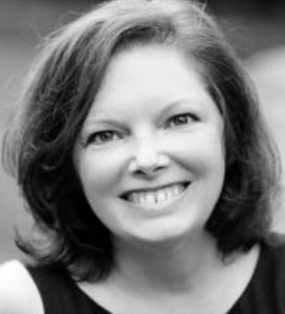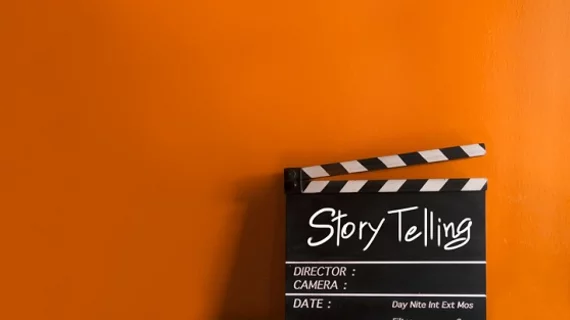Storytelling Is Advocacy
“Don’t believe everything you read,” was a recurring refrain of my dad’s, starting when I was about 10 years old and fixated on the Surgeon General's warning about smoking. Dad’s view was that the medical research reported on the evening news was a threat to two of his pleasures: cigarettes and coffee. That the research seemed to flip-flop on coffee—also eggs and alcohol, etc.—only cemented his belief that doctors really didn’t know what they were talking about. (What I would give to have him here today, probably giving me an earful about carbs and sugar.)
“People don’t like doctors, but they love their doctor,” a cardiologist told me years ago. The context, as it often has been over my two decades working with cardiologists, was how media coverage was contributing to the public’s eroding confidence in medical therapies. My father’s words were echoing in my head as the cardiologist and I brainstormed how to explain—without jargon—the difference between observational studies and randomized trials, let alone how to get something so boring covered by the press. We needed a way to speak directly with the public, sans the media filter.
I heard Dad’s words in my head again a few weeks ago, as I interviewed Haider Warraich, MD, cardiologist and author of a new book that traces the history of our understanding of heart disease and how to treat it, including the impact of the “fake news” we hear so much about these days. Warraich speaks (and writes) passionately about why cardiologists need to win back the public’s trust. He wants physicians to prepare for a “war against conventional and proven therapies.” To succeed, he believes, cardiologists will need to get off the sidelines and become really good at explaining data and telling their stories. Writing books and articles for the public is an act of advocacy, he says.
Here at CVB, we tend to think of our audience as cardiology’s practitioners, not its patients. But the truth is, the public is reading our content as frequently as physicians. Our job is the same, no matter the audience—to tell cardiology’s stories. Cardiologists, you can help by sharing your stories with us. Reach me at kbdavid@cardiovascularbusiness.com.


